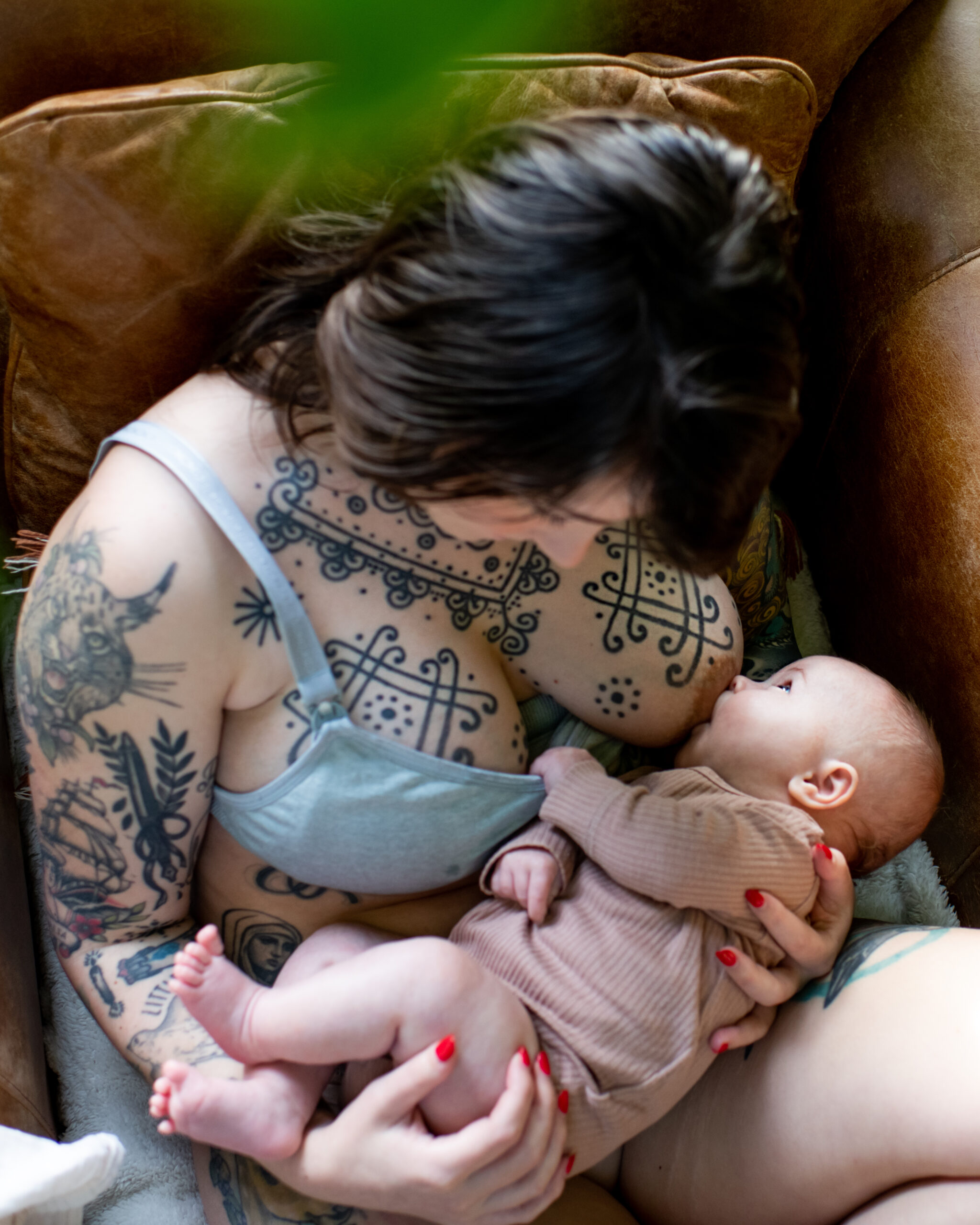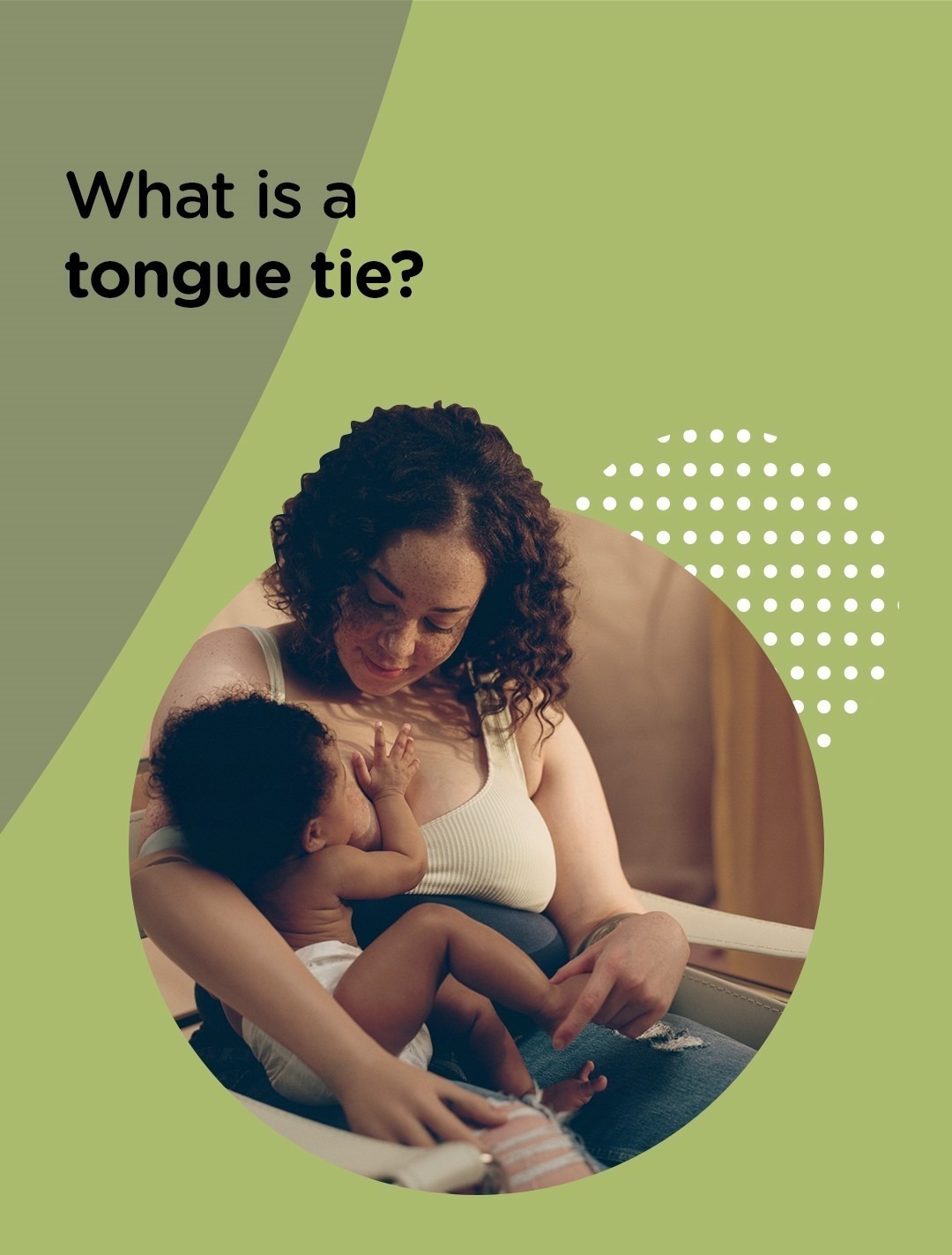Whether you have a vaginal birth, or it’s via C-section, your body will certainly change post-pregnancy, just as it did during.
Entering the postpartum period is a big deal and it can take some time to get used to. It’s important to listen to your body as you’re recovering from birth.
Remember to be kind to yourself – you’ve just done something amazing and brought a new life into the world – and always talk about any post-baby body changes that worry you with your doctor or midwife.
We’ve written this guide to postpartum body changes for new parents to help you understand what happens to your body during the fourth trimester.
Body changes during postpartum recovery
The body goes through many changes after giving birth, and it’s common for people to experience some or all the symptoms listed below.
Changes can vary depending on whether your baby was born via vaginal delivery or a caesarean. You may be left with stretch marks and have swelling or stitches to recover from which are all part of the healing process.
Read on as we discuss some common postpartum body changes and explain when and why they happen.
Hair loss
Postpartum hair loss (aka postpartum alopecia or telogen effluvium) is a common symptom that people experience after giving birth and it happens because of changing levels of the hormones progesterone and oestrogen.
Put simply, hair that would’ve fallen out during pregnancy but didn’t due to increased oestrogen, finally falls during the postpartum period once increased pregnancy hormones settle. It usually happens two to four months after birth.
How long does postpartum hair loss last?
You should notice that you’re not losing as much hair around three to six months after birth, although this time frame can differ slightly because every postpartum experience is unique.
You should speak to your doctor if your hair loss is severe and lasts for longer than a year.
Postpartum bleeding is common
After-birth vaginal bleeding – known as lochia – is a normal part of the postpartum journey. It’s your body shedding its lining after you’ve given birth and consists of a combination of mucous, tissue and blood.
You should use maternity pads rather than menstrual pads to catch any bleeding because they’re extra absorbent and help your perineum heal. Remember to thoroughly wash your hands before and after changing your maternity pad.
Remember to trust your instinct and if you have any worries about postpartum bleeding or experience any clots or very heavy bleeding you should touch base with your midwife or doctor.
When does postpartum bleeding end?
Postpartum bleeding often lasts for around four to six weeks, but everyone is different, and for some people, it lasts until their baby is 12 weeks old. It starts with a heavy flow that’s brown or red and then gets lighter in colour and flow as time goes on.
You should seek medical support if you’re experiencing bleeding and:
- A temperature over 38°C
- It smells unusual.
- Tummy pain that gets worse.
- It gets heavier or doesn’t get any less.
- Clots in the blood.
- Perineum pain that gets worse.
- You feel faint, dizzy or have a pounding heart.
Postpartum cramps
You may experience painful cramps after birth as your uterus shrinks back to its normal size. These afterpains are contractions that’re known as involution. Some people describe them as feeling like period cramps, and they’re often more intense when breastfeeding.
They usually disappear around six weeks after birth, and deep breathing can help to soothe them.
Breast tenderness
Your boobs may become large and tender approximately 24 to 72 hours postpartum as they start to produce breast milk, and if you’re breastfeeding, your nipples may be sore for the first few days.
Breast engorgement is common, but it can be painful. It should ease up once you get into the swing of breastfeeding, or when your boobs stop producing breast milk if you’re not breastfeeding or expressing using a breast pump.
Skin changes you might experience
Stretch marks are caused when your skin expands or shrinks rapidly, both during and after pregnancy, and although they can be itchy, they don’t have a negative impact on your health.
They’re most common on the stomach, but can also develop on the breasts, thighs, hips, and bum, and are totally normal! They can be pink, red, brown, black, silver, or purple, and usually fade over time.
Separated stomach muscles and healing
During pregnancy, your growing womb separates the two muscles that run down the middle of your stomach. This is known as diastasis recti.
This muscle separation usually goes back to normal eight weeks post-birth, but pelvic floor and gentle stomach exercises can help it to heal.
You can check the size of your separation by:
- Lying on your back with your legs bent and your feet flat on the floor.
- Raising your shoulders off the floor slightly and looking down at your tummy.
- Using the tips of your fingers to feel between the muscles above and below your belly button and see how many fingers fit into the gap.
If your gap is still obvious after week eight, it’s best to book in with your doctor for a check-up. They may refer you to a physiotherapist for extra support.
Perineum soreness
The perineum is the soft tissue between the anus and the vagina. This area stretches and can sometimes tear or be surgically cut (an episiotomy) during vaginal birth.
If you have a tear or an episiotomy during birth, you may need stitches to repair it. These stitches should heal within one month of birth, and the following things can help to alleviate pain during the healing process:
- Applying a cold pack.
- Exposing your stitches to fresh air.
- Keeping the area clean while you pee using water in a squeezy plastic bottle.
- Taking pain relief as advised by your healthcare provider.
- Relaxing and avoiding strenuous activities.
- Staying hydrated.
- Wearing loose-fitting clothes.
Piles (haemorrhoids)
Piles (swollen, enlarged blood vessels inside or around the bottom) are really common after birth, but they can be uncomfortable, so don’t hesitate to ask your midwife or doctor for some suitable ointment to apply, and you should seek medical support if you experience bleeding or get a prolapsed pile.
Constipation
Lots of people become constipated during the postpartum period and it can be caused by several factors, including:
- The pain medication you take during delivery.
- Haemorrhoids or piles.
- Pregnancy hormones.
- Iron deficiency.
- Healing from any surgical incisions related to labour.
Constipation can last for a few days, but staying hydrated and eating high-fibre foods can help. If your constipation doesn’t improve on its own your doctor may prescribe you a stool softener to get things moving.
Urinary issues
Many people experience postpartum urinary issues after giving birth, from a frequent need to urinate to urinary incontinence.
These issues can be caused by many factors, including weakened pelvic floor muscles, hormonal changes, and pressure on the bladder during pregnancy and delivery.
Some people are embarrassed to talk about it, but there’s no need to feel ashamed! A third of women suffer from urinary incontinence in the three months after childbirth so you’re not alone.
Specific treatments and strengthening exercises (like pelvic floor exercises) can help improve bladder control and overall urinary health.
With proper care and attention, postpartum urinary issues are curable, so don’t hesitate to speak to your midwife or doctor if you’re concerned.
Body changes you may experience after a caesarean
A C-section (caesarean) is a surgical procedure and people who have a C-section delivery often experience lower abdominal pain, tenderness, and mobility issues while their incision heals. Post-surgery recovery can take up to eight weeks, and you should let your doctor know if you feel pain in your C-section scar after this point.
If you had a C-section, you must look after your scar and follow the instructions from your health care provider or midwife to make sure it heals properly, and if you notice any of the signs of infection (redness and swelling) or have a fever, you should see your health care provider as soon as possible.


